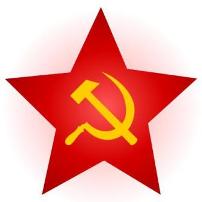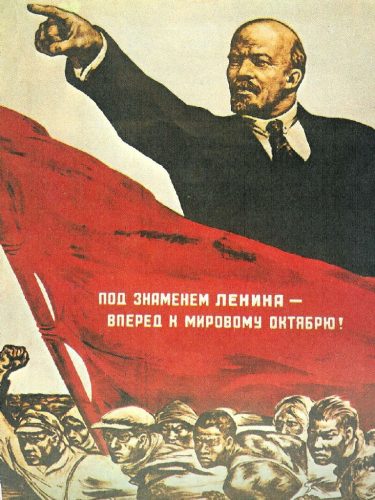Communism in cold war
Learn about the history of Communism and the Cold War. Karl Marx, Lenin, and Mao were world leaders over communist countries.
 Hammer and Sickle with Red Star
Hammer and Sickle with Red Star
Communism in cold war
What is communism?
A form of government and philosophy is communism. Its objective is to create a society in which everything is distributed evenly. There is little private ownership and everyone is treated equally. In a communist society, the government owns and regulates nearly everything, including land, means of production, institutions of higher learning, modes of transportation, and agriculture.
History of Communism

Marx is regarded as the founding father of communism. German economist and philosopher Karl Marx published a book titled The Communist Manifesto in 1848 that contained his theories. Marxism is another name for his communist views.
Marx listed ten crucial characteristics of a communist state:
- Nothing is private
- an individual central bank
- high income tax that would drastically increase if your income increased
- Every property right would be taken away.
- no inherited property
- All means of communication and transportation would be owned and under government control.
- All education would be owned by and under government control.
- Agriculture and factories would be owned and governed by the government.
- Regional planning and farming would be managed by the government.
- Government would have strict control on labor.
Communism in Russia
With the advent of the Bolshevik Party under the leadership of Vladimir Lenin, communism was born in Russia. They were in charge of the 1917 October Revolution, which ousted the previous regime and installed a new one. Lenin subscribed to Marxist ideologies. His political philosophies came to be known as Marxism-Leninism.
The Soviet Union was the name given to Russia. In order to aid in the defeat of Germany and Adolf Hitler, Russia sided with the Allied Forces during World War Two. Nonetheless, the Soviet Union seized control of a number of Eastern European nations following the war. The Eastern Bloc was the name given to them. Together with the United States, the Soviet Union rose to become one of the world’s two superpowers. They battled the west for many years throughout what is now known as the Cold War.
Communist China
China is a significant nation that is governed by a communist regime. Following its victory in the Chinese Civil War, the Communist Party took power. In 1950, the communists seized control of mainland China. For many years, Mao Zedong presided as China’s communist leader. Maoism is a common name for the form of communism practiced during the period in China. Moreover, Marxism served as a major influence.
Actual Results
The actual outcomes of communist administrations have diverged significantly from Marxist theories. Marxism was supposed to aid the poor, yet the government’s leaders frequently treated them terribly. For instance, Joseph Stalin, the dictator of the Soviet Union, killed hundreds of thousands of his political rivals. It is likely that millions more died for the “good of the state” in work camps that Stalin constructed for everyone who disagreed with the government. To shatter the people’s will and maintain complete authority, he even allowed famines, in which millions of poor people starved to death.
Compared to democracies, communist states often have significantly less freedom. They forbid people from practicing their faith, assign some people to specific jobs, and restrict people from traveling or relocating to other nations. Citizens lose all ownership rights, and government officials gain enormous authority.
Facts About Communism in cold war
- The Republic, written by the Greek philosopher Plato, contains several communist ideas.
- North Korea, Laos, Vietnam, and Cuba are additional communist nations.
- For years, the Chinese government has been under scrutiny for violating human rights. This comprised a large number of killings, holding detainees without charge or trial, and extensive censorship.
- China had a 53% poverty rate during Mao Zedong’s tenure. However, under Deng Xiaoping’s direction, China started to implement economic reforms that moved away from communism in 1978. In 2001, the poverty rate dropped to 6%.
Read also : The Arms Race in the Cold War
 The First Encyclopedia Your First Knowledge Home
The First Encyclopedia Your First Knowledge Home
